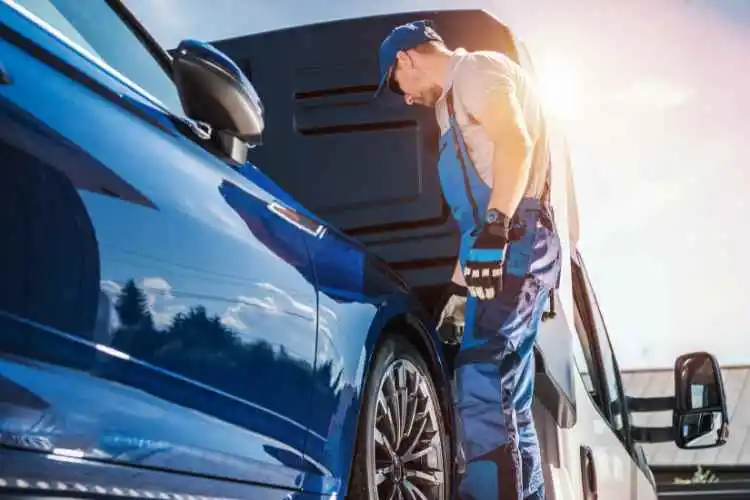When people move across the US from Indiana, many decide to sell their autos, while some decide to use the experience as a road trip holiday. Still, most often, the desire is to get to the destination quickly, with the vehicle following behind via car shipping services.
Deciding to put a valuable asset in the hands of a stranger can be incredibly stressful from the moment the keys leave your hands until the delivery. Fortunately, the suggestion is that there are minimal, if any, unexpected problems with most auto transport services from trustworthy companies.
That’s not saying you can’t incur damage. Sometimes, situations happen that are beyond the driver’s control, including severe weather. A priority is to ensure the carrier is covered by liability coverage.
Drivers are expected to carry liability coverage, with carriers having access to file a claim if damage occurs while in transit. It’s also essential to have personal car insurance to protect yourself in case the driver is not responsible for the cause of the incident. In that case, their liability coverage won’t cover the claim.
Let’s examine some ideas on handling a situation where your auto incurs damage while in transit.
How to Handle New Damage Incurred with Indiana Auto Transport
Putting a valuable asset in the hands of an Indiana carrier for transport is a big decision. Still, when you need to move to the other side of the US, it can be the most practical choice for your specific needs.
Regardless of the integrity and prestige of a car shipping service, everyone would be stressed and worried until the auto is finally delivered for fear of something happening in that great distance.
The problem is, what do you do when that fear becomes a reality? Let’s look at what you should do to prepare for that possibility.
- Do due diligence with research
Potential damage can include chipped paint, dings, scratches, dents, cracks in a window, water damage from flooding, trailer rollover during haul, lost or stolen, and on. It’s important to take a proactive approach when seeking auto transport services.
That means understanding the policies and practices before signing an agreement. You’ll need to know what the procedure is for filing a claim and, how the coverage works, the percentage they pay toward the damage. An excellent resource is other client experiences.
You can find these on the website, but you can also find postings on their social sites with more detailed information.
- The insurance coverage
When researching the auto transport companies in Indiana, go into their website to find the insurance protection guidelines to see if there is protection for damages incurred in transit. Some carriers in the US are mandated to have a designated minimum for each vehicle.
You should be able to confirm this coverage by getting a copy. If transporting internationally, you have the choice of buying marine coverage.
It’s also vital to reach out to your private car insurance carrier to find out if your policy will cover damage while the car is being shipped or if you should get a separate policy to do so.
- Contact the proper people
If damage is found upon delivery, it’s essential to contact the carrier immediately to inform them of the issue. Most auto transport companies ask for notification within 30 days of discovery, or the driver will not be held responsible.
In that same vein, photos of the before and after need to be forwarded to the car shipping service. You can then go to a mechanic shop to get a quote for repairs and also send a copy of this to the auto transport company.
With all documentation handled as the carrier requires, the transport company can recover your damage relatively quickly.
- The Bill of Lading
When the car arrives, you should receive a Bill of Lading where you can record the damage before providing payment to the driver. The damage should be carefully noted, and the driver should be made aware that it was not preexisting, which you can verify with the original Bill of Lading, which should have photos attached.
The car shipping service will either release the insurance certificate to allow a claim for the damage or pay you straight away. Visit here for guidance on shipping your car when moving.
Sometimes, the damage incurred won’t be the driver’s fault. A lot of times, damage that occurs while in transit is through no fault of the driver but happens for reasons out of their control, like severe or extreme weather conditions.
In these instances, the driver is not liable for the damage, and their insurance carrier will not pay a claim. This is why ensuring you have a private plan covering your auto while in transport, whether through your standard car insurance policy or even if you need to buy a supplemental policy for special circumstances, is critical.

